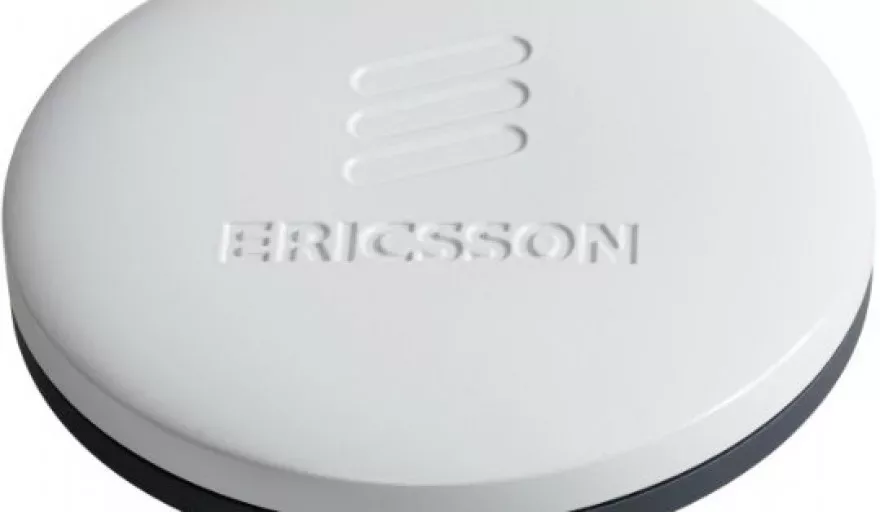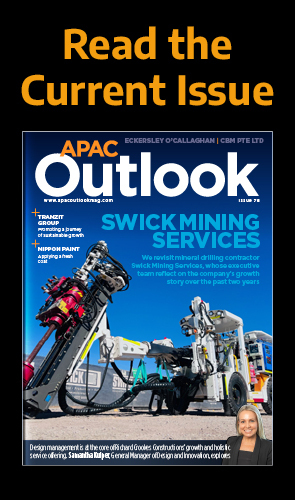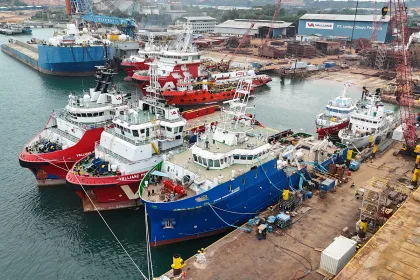Between 2010 and 2020 – the year when commercial 5G networks are anticipated – total monthly mobile data traffic is projected to grow 80 times. Small cells are expected to begin mass deployment in high-traffic areas and indoors this year to support this growth. To help mobile operators integrate small cells in their network strategy, Ericsson will share both global and local technical and business model insights at Small Cells Asia, April 20-21, Singapore.
“Small cells can be integrated into an existing mobile network to deliver a better user experience while enabling operators to address new enterprise and IoT opportunities on the road to 5G,” says Christian Hedelin, Head of Radio Strategy. “In an increasingly competitive mobile environment, technology leadership is essential for mobile operators, and integrated small cells are a key focus for innovation.”
Ericsson’s own Radio Dot System is an example of small cell innovation suiting indoor environments, and proving its benefits worldwide with mobile data throughput improving by up to five times, dropped calls being reduced to zero, and installation times as low as four minutes per Dot. The Radio Dot System has also been designed to consume less power than traditional indoor solutions.
“The region has witnessed strong growth for both 3G/HSPA and 4G/LTE over 2014, with 4G/LTE uptake being spearheaded by Singapore and Australia. It is expected that LTE subscriptions will ramp up in the region during 2015 as several countries have started LTE trials, while others are awaiting upcoming spectrum auctions.” says Petra Schirren, Vice President, Head of Engagement Practice Mobile Broadband, Ericsson South East Asia & Oceania. “Many operators in the region are now setting their sights on busy indoor environments, where integrated small cells can have a huge impact on app coverage.”
Indoor performance offers a new opportunity for mobile operators to differentiate their services; at the same time, new energy-efficient buildings pose added coverage challenges to operators. With this in mind, Ericsson will discuss new business models that will be critical to the take-off of small cells.
Key insights will include how operators are growing their businesses; how they are improving the performance of their networks in order to differentiate their businesses; when it comes to small cells specifically, how they are integrating them into their current networks; and, with small cells being a key architecture in future 5G networks, how operators are laying the network foundation today that will ensure their continued success when 5G becomes commercial in 2020.
Keynotes
· Small Cells On The Road To 5G; Christian Hedelin, Head of Radio Strategy
· Carrier Opportunities in Indoor App Coverage; Christian Hedelin, Head of Radio Strategy
Panels
· Carrier Wi-Fi & Small Cells; Dr. Anders Wannstrom, Subject Matter Expert, 3G/LTE
· Unlicensed Spectrum Toolkit; Martin Ljungberg, Strategic Product Manager Small Cell Solutions
Visit the Ericsson booth at Small Cells Asia event in Singapore to see our new small cells and backhaul solutions, including microcell and microwave products, the Radio Dot System and RBS 6402 picocell, plus presentations on License Assisted Access.


































